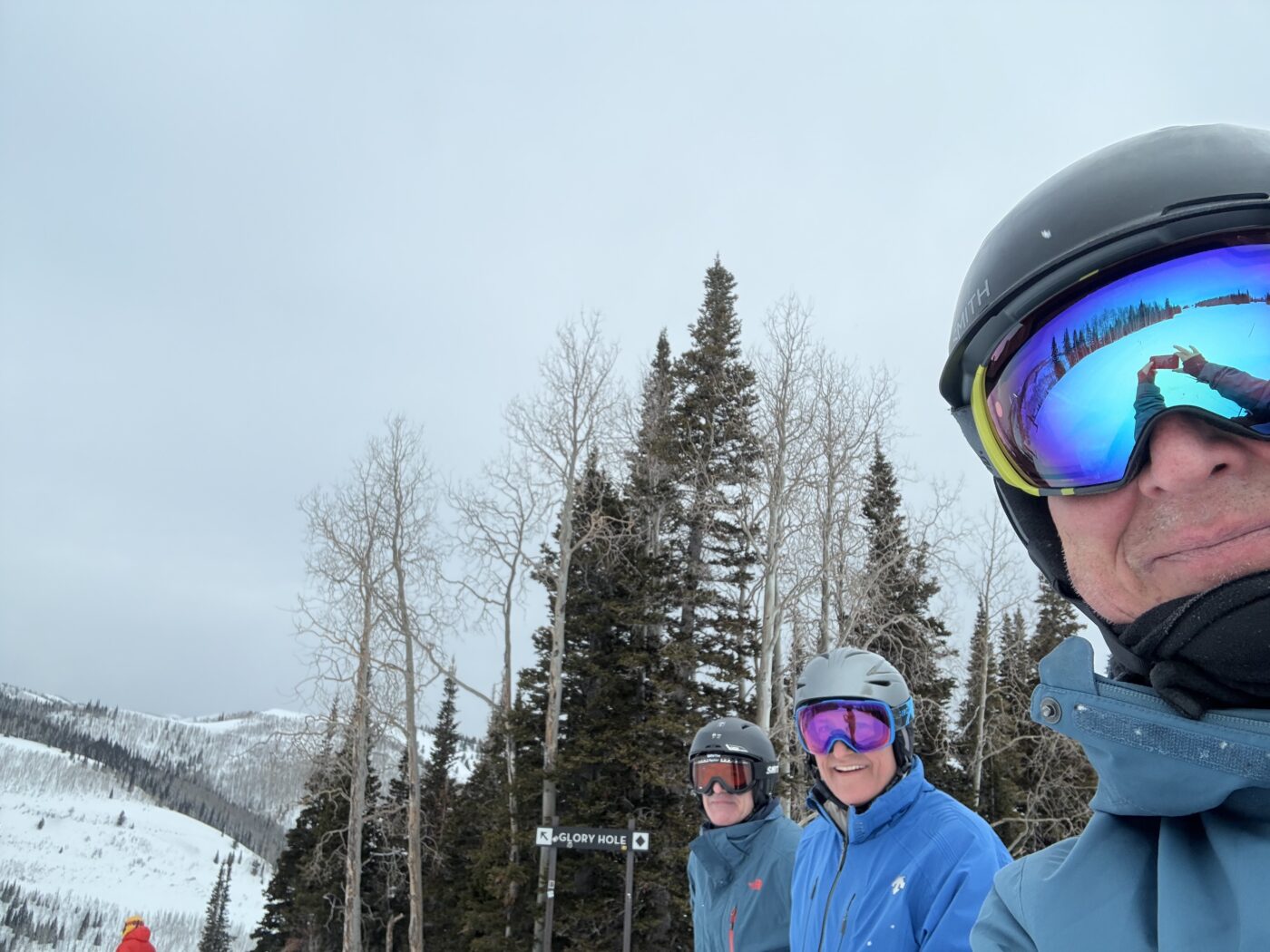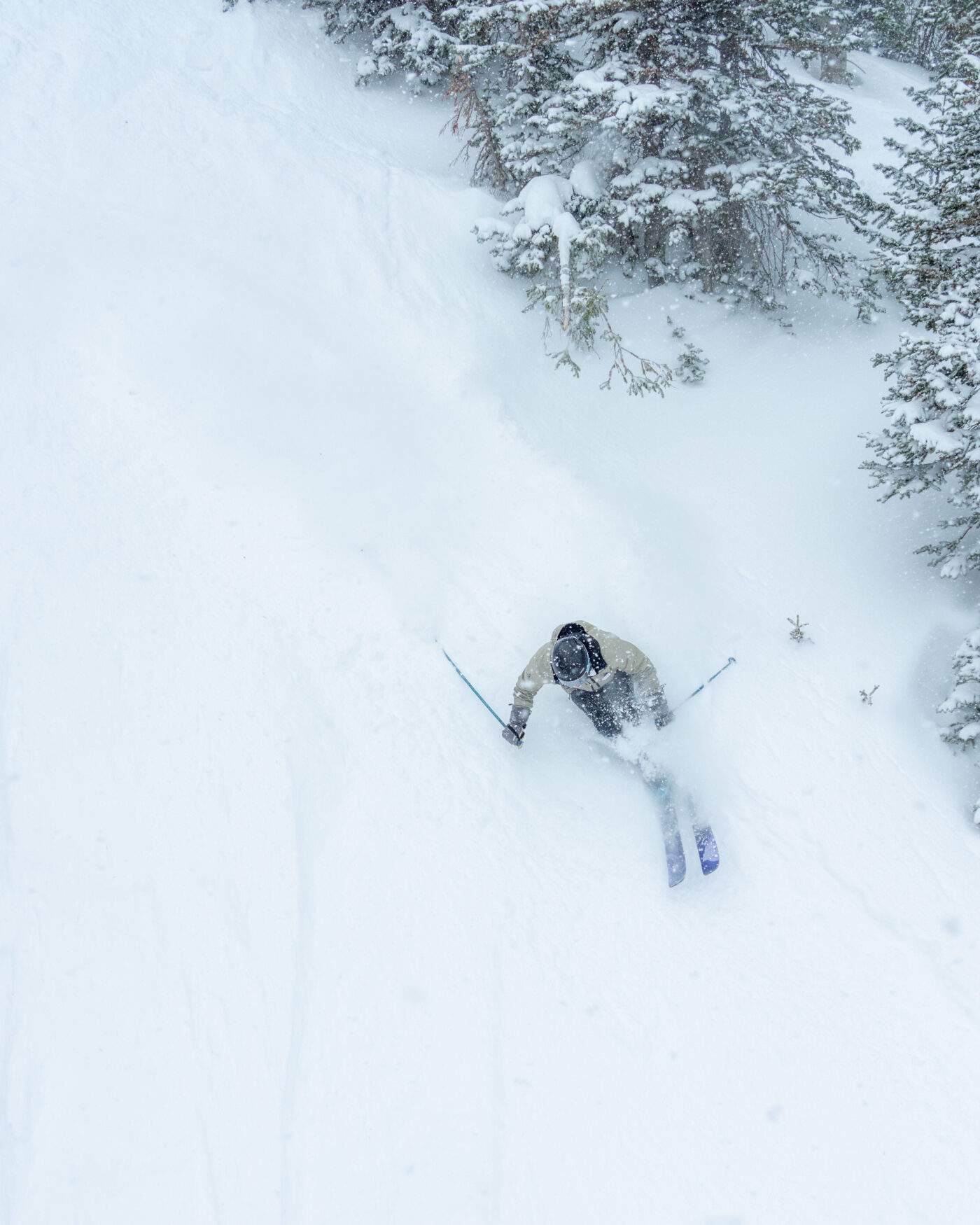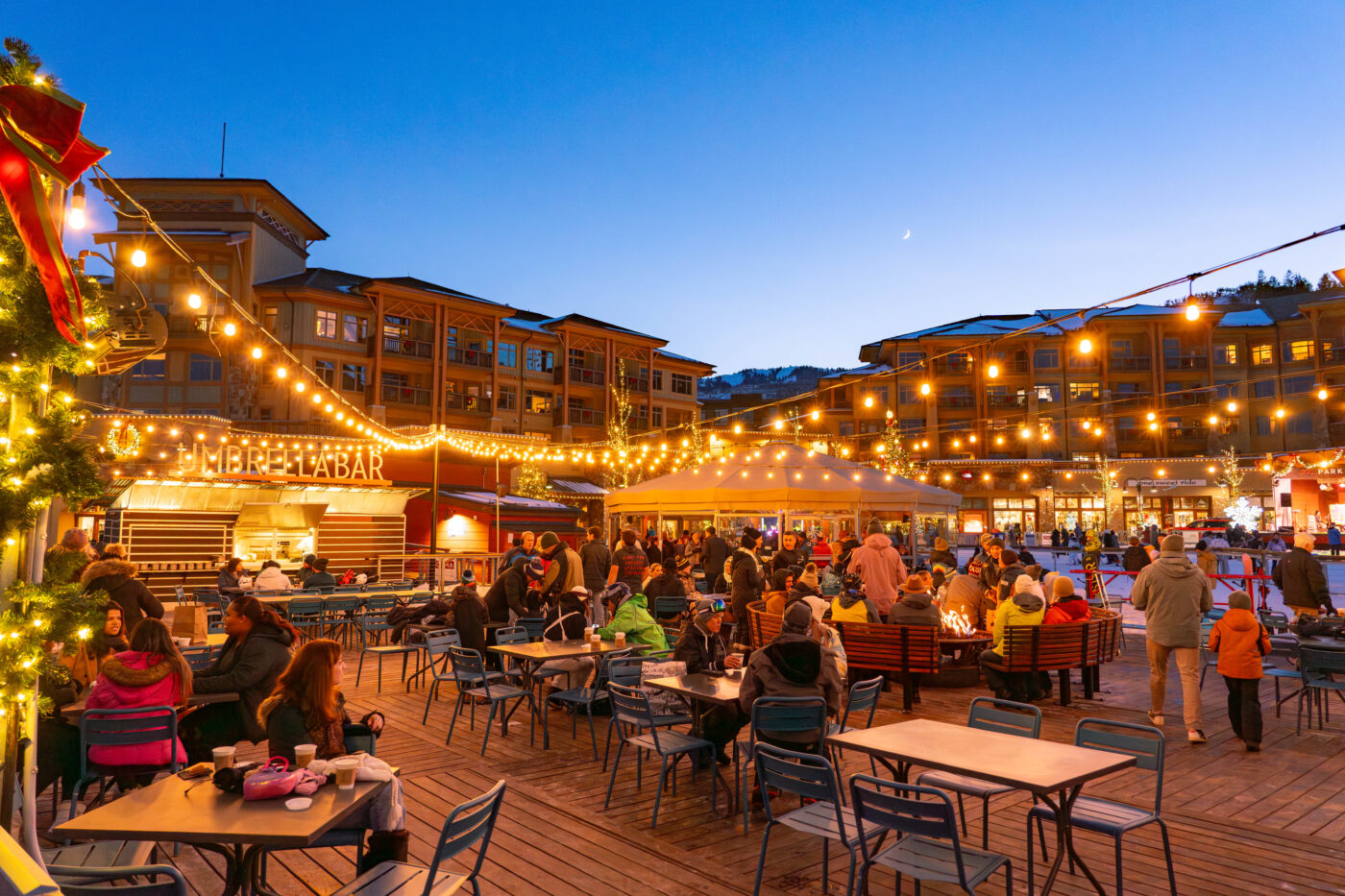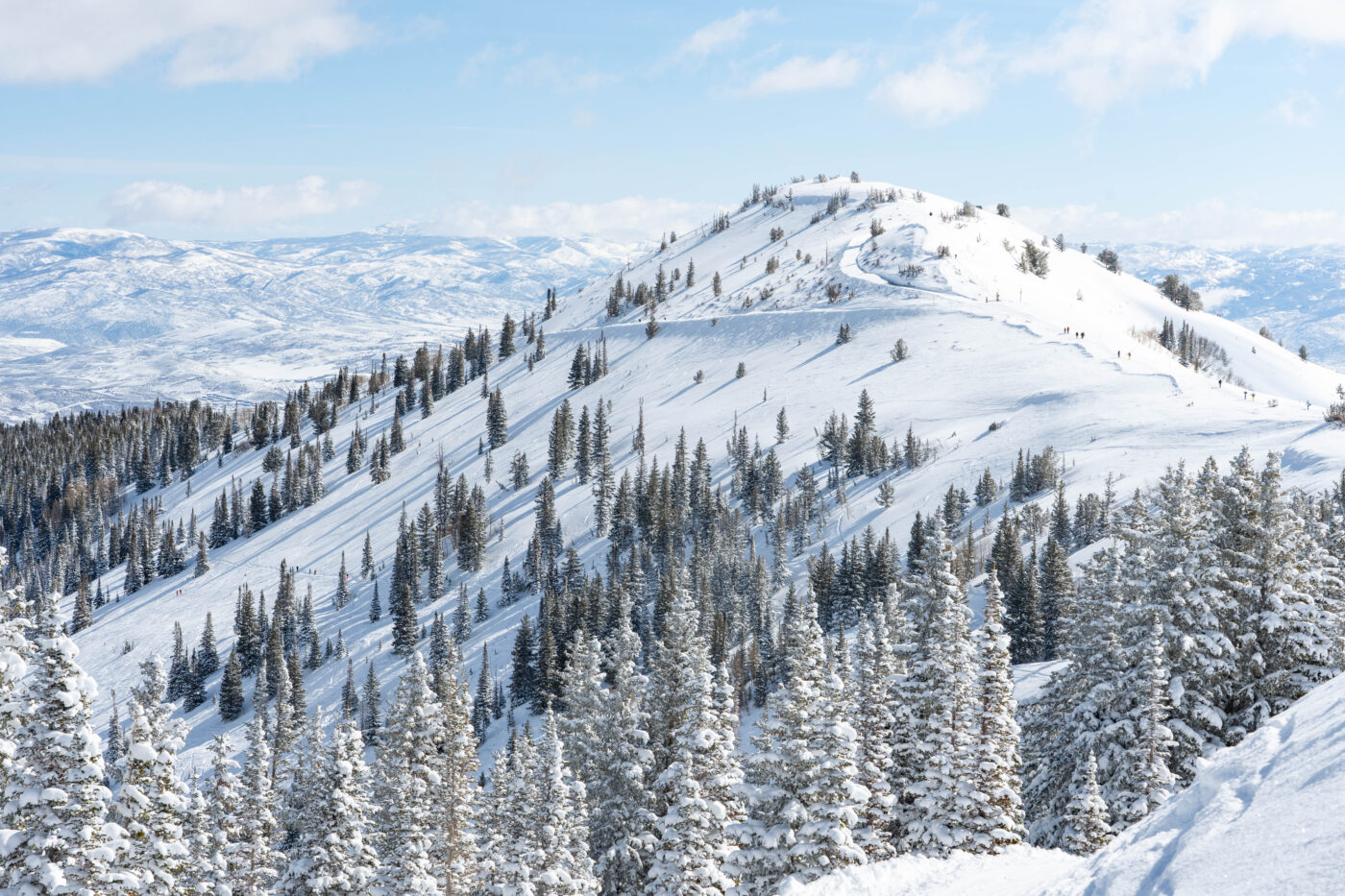RESORT
Park City Mountain Resort is great for Adaptive Skiers, and, well, everyone else too
Park City Mountain Resort is the biggest resort in the US, and has been at the forefront of various innovations, one of which is adaptive skiing. It’s impressive and commendable that attention is given to this segment of the skiing community. During a recent visit, I wanted to learn more.
Adaptive skiing has evolved significantly over the past several decades, transforming from a niche activity into a widely accessible sport for individuals with physical disabilities. The origins can be traced back to the mid-20th century, when injured World War II veterans sought ways to return to the slopes. Early adaptations included simple modifications such as outrigger skis for balance and sit-skis for those with limited lower-body mobility. Invariably, technology improved, allowing for greater flexibility and skill levels to enjoy downhill skiing. Greater independence and control for participants remains the goal.

Park City Mountain Resort partners with local organizations like the National Ability Center (NAC) to provide adaptive ski and snowboard lessons for people with all types of disabilities. The NAC Adaptive Ski and Snowboard program offers individuals a personalized skiing and snowboarding experience that includes one-to-one instruction using the latest in adaptive equipment and techniques.
Attention to all this effort has recently been paid: Park City earned the top spot in Powder magazine’s list of the best resorts for adaptive skiing in the nation.
The resort provides an expansive range of facilities, equipment and instruction for adaptive athletes. Lessons are designed to help people with physical, developmental, cognitive and visual disabilities. Technological advancements, such as lightweight carbon fiber sit-skis and sophisticated suspension systems, have enhanced both performance and comfort for adaptive athletes.

Competitive adaptive skiing has also gained prominence over the years, with events like the Paralympic Winter Games showcasing the skill and determination of athletes with disabilities.
On our recent visit we saw an impressive number of adaptive skiers enjoying much of Park City’s 7300 acres. Being only 35 minutes from the recently rebuilt Salt Lake City Airport, Park City is a great destination for skiers.
We only scratched the surface of the 330 trails, 42 lifts and 6 terrain parks on offer. The trails we hit included Georgeanna and Keystone, and they were well-groomed. One buddy speculated that the lift named King Con was named after the real estate developer turned President, but I think that’s apocryphal. The Resort’s staff was helpful and the crowds were definitely manageable.
The Resort is also doing a commendable job of promoting the potential of a car-free ski vacation. Its close access to an international airport, as well as the ability to partake of a chairlift directly from downtown Park City, is undoubtedly giving Avis, Hertz and other car rental companies pause for thought. Park City also has an extensive free bus system, easily connecting visitors across the outlying area. We felt the pinch in our wallets when faced with steep parking fees in downtown Park City, where most of the quaint restaurants and shopping are situated.
Besides sporting one of my favorite graphics in its logo, of a portly Sumo wrestler leaning way out over his airborne skis, Flying Sumo is a great sushi restaurant. I don’t think any of the chefs are represented in the logo, to be clear. The idea of fresh fish in the mountains has long ago become viable, and the chefs in this downtown restaurant offer a variety of innovative rolls.
For years, food at any ski resort was expensive and not great. The lack of competition remains the obvious reason. Nonetheless, the food quality has steadily improved almost everywhere. Of course, nothing seems to go down in price. That said, most of our lunches at Park City were pretty good, although we didn’t find anything like Deer Valley’s signature turkey chili (on offer a few hills away).

As I was learning more about the adaptive ski initiative, I also checked out the sustainability efforts in Park City. Long-term residents certainly have mixed emotions about the city’s growth. Although Taylor Sheridan reportedly dislikes the place (despite shooting his mammoth “Yellowstone” series nearby), it is fast becoming a leader in sustainability efforts. I was impressed to learn that the operators of Park City Mountain and Vail Resorts declared a sustainability goal of reaching a zero net-operating footprint by 2030. Last year an 80-megawatt solar farm, the Elektron Solar Project, developed with the apparently very forward-thinking Rocky Mountain Power, was established and provides 100 percent of Park City Mountain’s electricity needs.
All of this impressiveness certainly factored into the International Olympic Committee’s decision to select Park City as the site of the 2034 Olympics, which will be the second time the city has been chosen. The ease of access for skiers of all levels makes Park City a desirable choice for regular folks too. We will be back.
https://www.parkcitymountain.com









